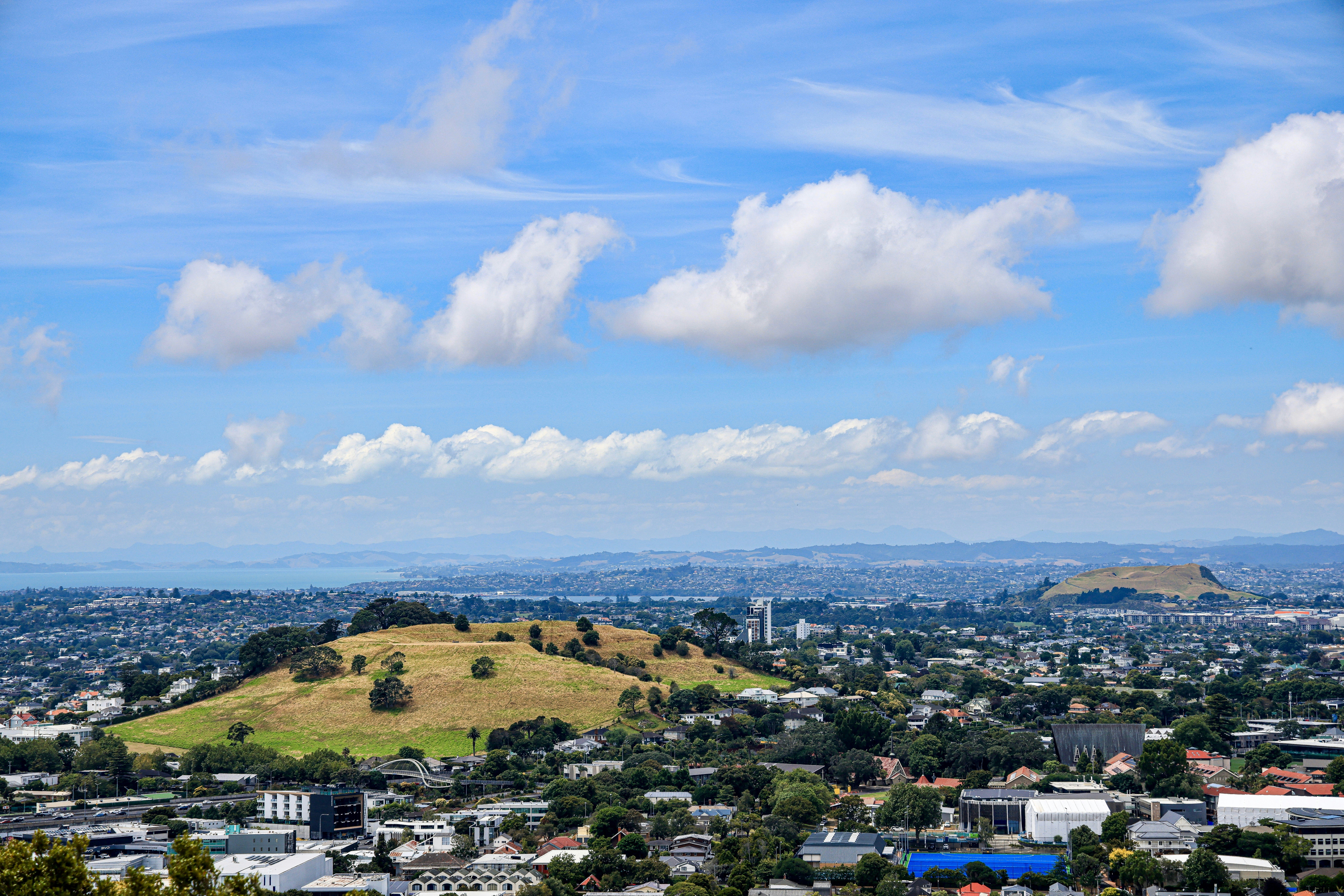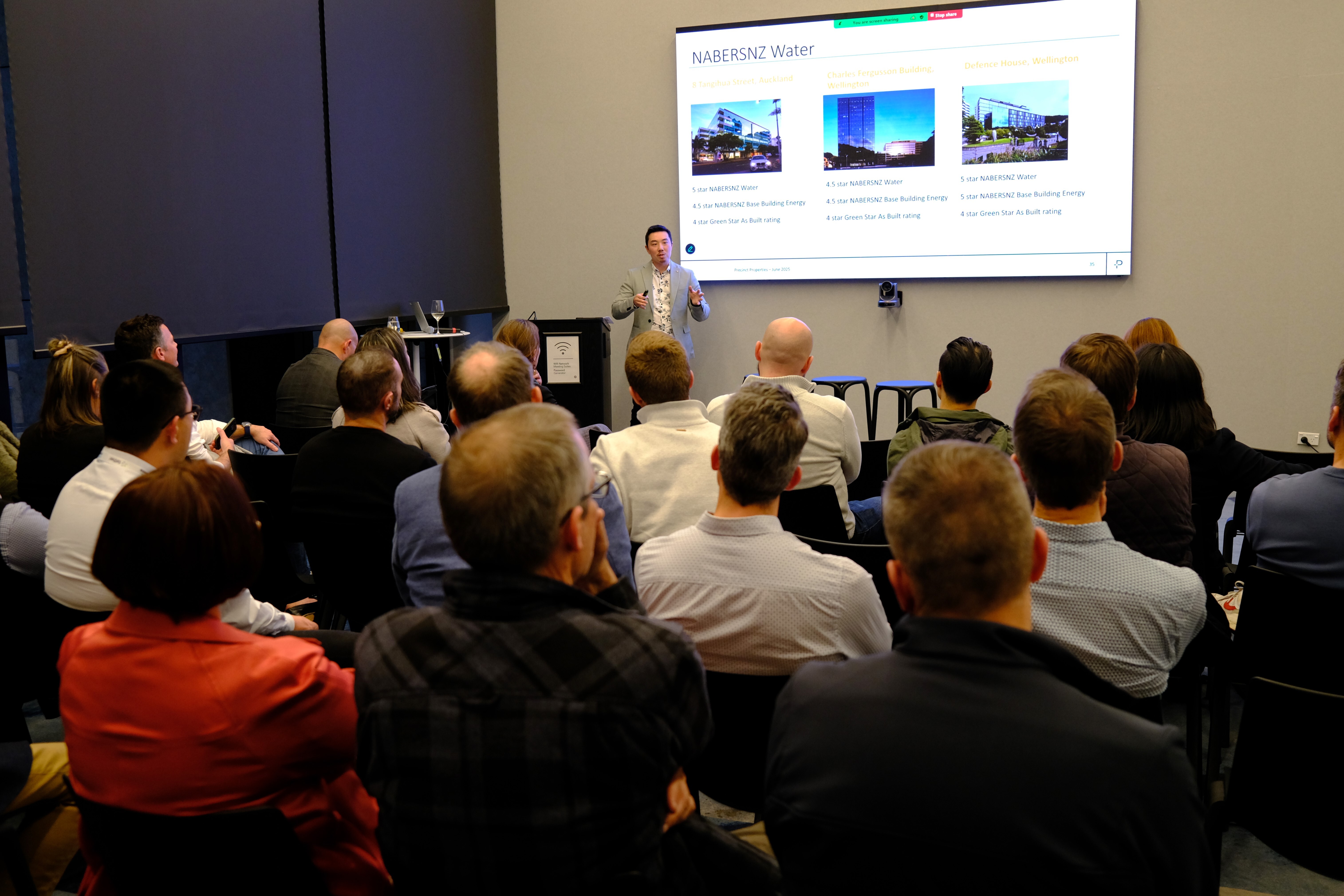Photo by Irina Iriser on Unsplash
It’s about 17 years since the Stern Review on the economics of climate change was published. Sweeping up headlines around the world, it clearly concluded that “the benefits of strong and early action far outweigh the economic costs of not acting.”
Nearly two decades on, in the UK, two prominent members of the right-wing government, backed by findings from the Office for Budget Responsibility, warned that failing to fully embrace a shift to net zero carbon would have severe economic consequences.
To see the massive, immediate benefits of shifting to a cleaner, less polluting economy, all we have to do is look at the US. In just one year since the Inflation Reduction Act became law over 170,600 new green collar jobs have been created thanks to a raft of new pollution busting investments. In just one year.
The economic rationale for acting right now to make fast, deep cuts in carbon pollution is clear.
But here in New Zealand, with tens of thousands of people rebuilding their lives after pollution-fueled storms and floods, far too little action is being taken, with the internationally respected Climate Action Tracker rating New Zealand’s efforts to reduce emissions as “highly insufficient”.
Rather than making actual, real cuts in carbon pollution to meet our 2030 target, the government is planning to use offsets to meet two-thirds of our international obligation – far and away the largest proportion of any OECD country. This cost for NZ tax payers, projected to be $3bn-$24bn, will be spent to help other countries decarbonise.
As John Oliver said: “If the idea that you can simply invest a little money and make your carbon footprint disappear sounds too good to be true, that’s because it absolutely is. Study after study has indicated that most offsets available on the market don’t reliably reduce emissions.”
Real world, deep reductions in carbon pollution are needed to eliminate the very worst effects of global heating – not offsets. So it’s been great to see our sector delivering what’s needed for an economically robust, clean, healthy, low carbon Aotearoa.
This year has been another record year for green buildings and homes in Aotearoa. 73 new commercial projects are committing to sustainable standards and have registered under Green Star in the last year. This compares with our average of 12-20 annual registrations five years ago.
Interest in energy performance is booming with the most NABERSNZ ratings ever – 132 offices are benefiting from measuring and benchmarking their energy use. On top of that 29 buildings who are benchmarking energy, water, waste, and their operations through Green Star Performance.
The Homestar team is working night and day to clear the huge volume of 5,000 homes registered over the last year and following through with certifications. Since February of this year we are seeing take up of Homestar v5, the next step in lower carbon healthy housing design. Following a great deal of work with the sector and BRANZ Homestar v5 includes a requirement to measure embodied carbon.
But there’s more to do. That’s why we’re reforming Green Star to be even more ambitious, and to further drive down emissions. We’ll be launching the new version of Green Star next year – and right now we want to hear your feedback on the suggested changes.
This is the future of buildings. It is leading the way on reducing operational and embodied carbon, climate change resilience, circularity, healthy places of work and many many other issues.
You can get involved in lots of ways: through our webinar, by having your say online or at one of our in-person events in Dunedin, Christchurch, Wellington and Auckland, or by dropping us a line for a direct conversation. All the details are here.



